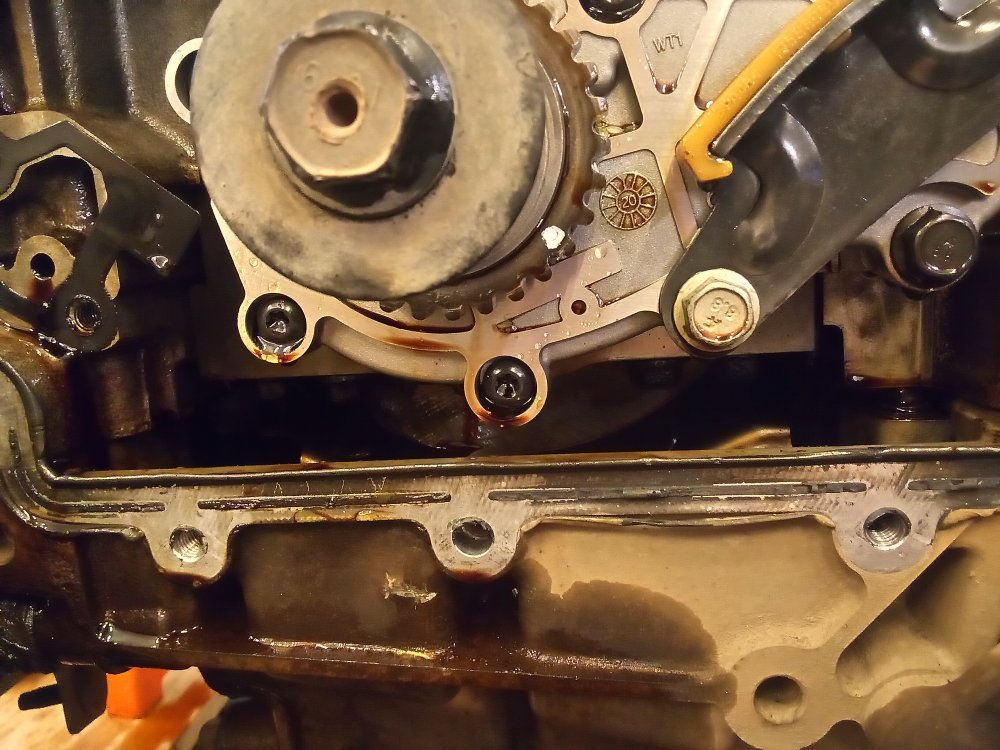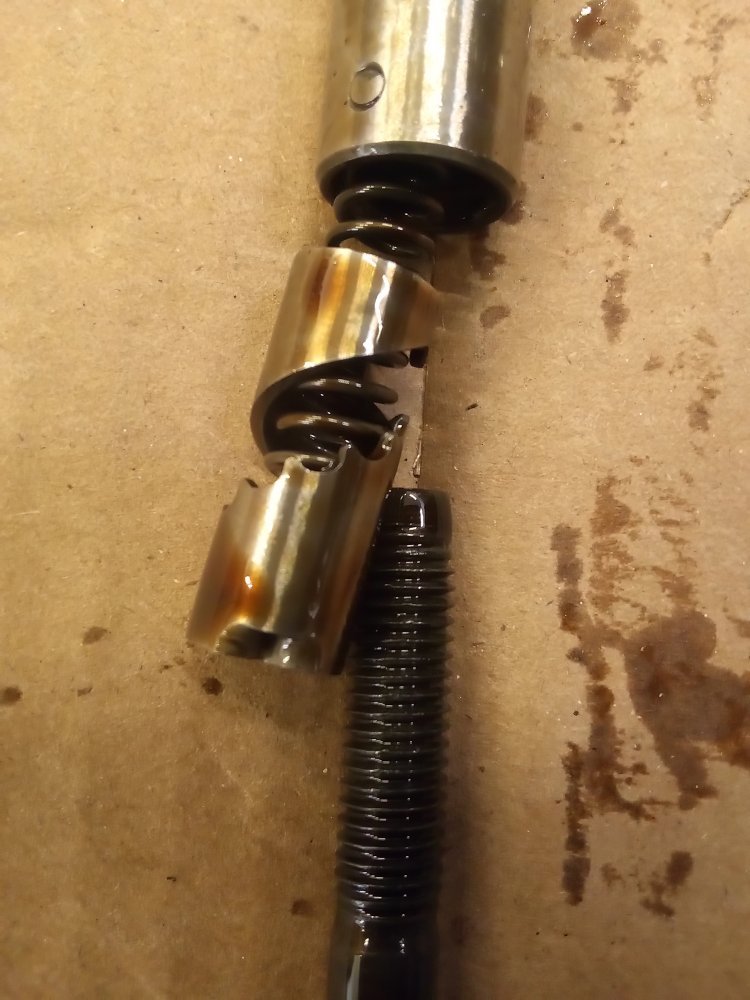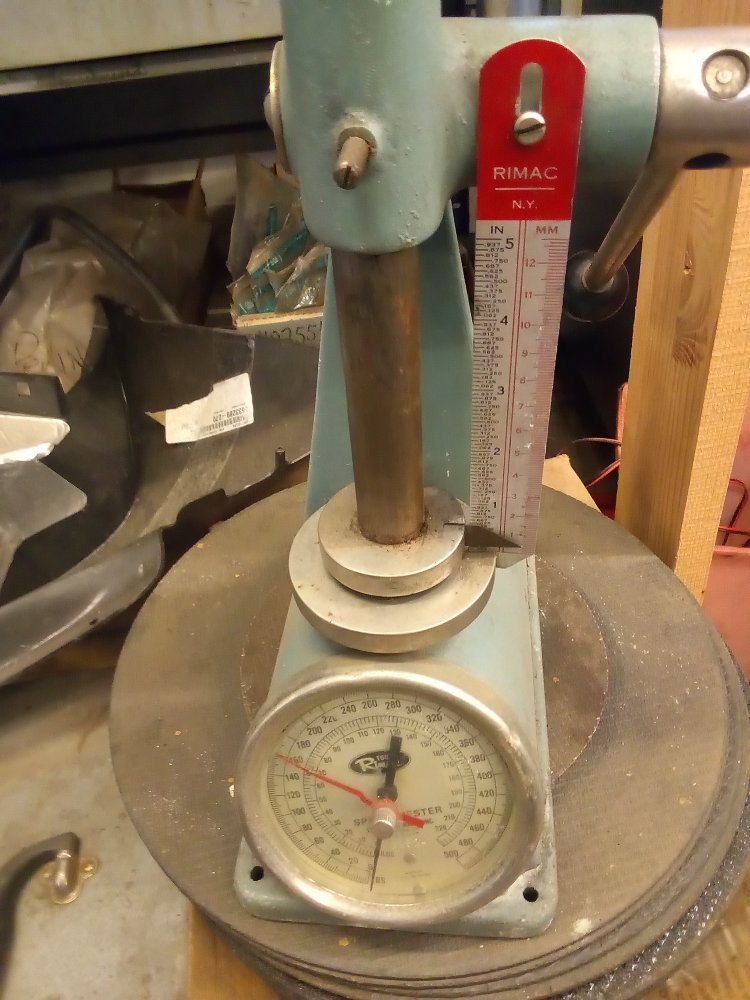ak diesel driver
6.5 driver
So Cloyes called me back and said they couldn't help me with any further info. They suggested I do a return for the whole kit and that if I was a shop I could get some labor as well. When I go to RA website they want to break the kit down into individual components to warranty. I called Cloyes back and he gave me a number to talk to at RA but of course no one was there just had to leave a voicemail. Getting to the point that I'm seriously considering not doing business with RA anymore, lower prices (sometimes) isn't worth the hassle. Plus they're shipping to AK has gone way up mostly because they're warehouses won't use the PO most of the time anymore.



